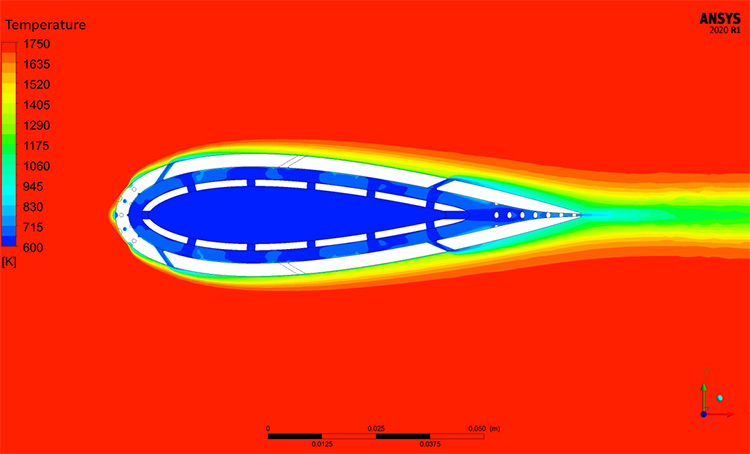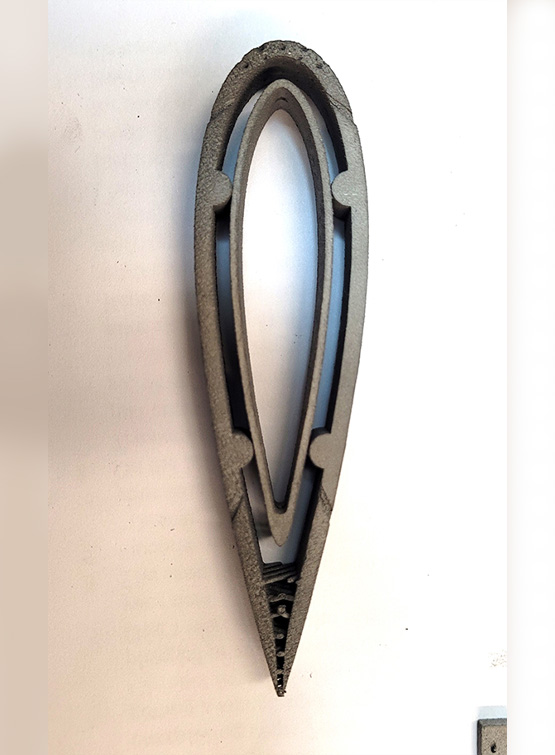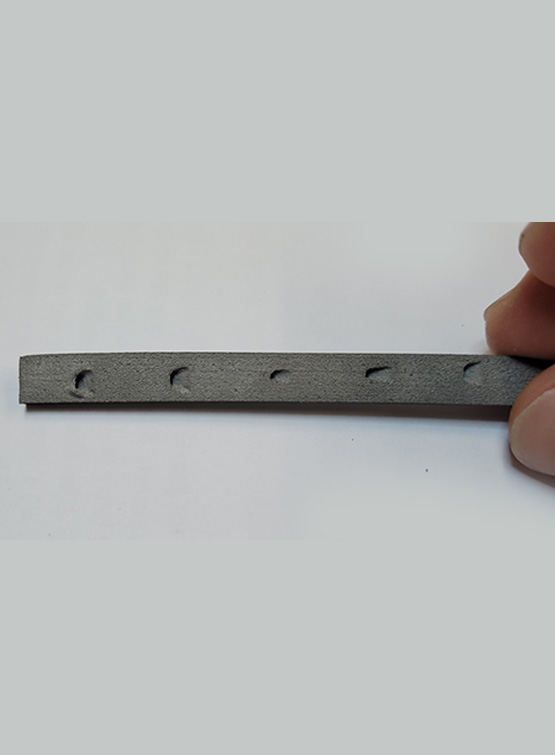Background
Decarbonization of gas turbine engines used in aircraft propulsion and electrical power generation is a significant technical concern to achieve climate security. One means of achieving decarbonization of gas turbine engines is using hydrogen fuel. There have been numerous studies showing the viability of hydrogen fueled gas turbines, with the major advantage of hydrogen being that the exhaust from the engine is free of carbon biproducts. However, one of the challenges of using hydrogen fuels is the higher localized combustion temperatures and higher heat transfer to the turbine blades due to increased water content in the combustion products. Consequently, an important technological challenge for gas turbines operating with hydrogen fuel is to provide improved cooling to the turbine components so they can operate effectively with higher heat transfer from mainstream flows. The goal of this project is to design and build a turbine blade prototype which incorporates advanced cooling technologies and test it in a hydrogen-fueled, high-temperature combustor flow.
Approach
For this research project, an internally and film-cooled airfoil is being designed by UT Austin, taking advantage of recent advances in metal additive manufacturing (AM). The cooling performance for this airfoil will first be evaluated at low temperatures using the turbine airfoil testing facilities at UT, then verified at high temperatures using the combustor test facility at SwRI. The external environment will be combustion products from 100% hydrogen fuel combustion with dry air as the coolant.
Accomplishments
A film-cooled airfoil strut has been designed and the effectiveness of the internal cooling passage design and film hole placement has been studied using computational fluid dynamics (CFD). Only a single cooling hole pitch was modeled with periodic boundaries for faster computation time. The strut includes internal cooling passages, showerhead film cooling holes, shaped film cooling holes, and pin fin cooling. Inconel test coupons have been being additively manufactured by UT Austin’s metal AM printers to evaluate the feasibility of printing different cooling hole geometries at engine scales (on the order of 1-mm diameters) and other cooling features of the strut. The initial prints demonstrate good resolution of the hole geometries and cooling configurations.

Figure 1: Results from CFD analysis of the film-cooled strut showing temperature contours in and around the test article.

Figure 2: This additively manufactured slice of cooled strut is designed to evaluate feasibility of metal AM.

Figure 3: This additively manufactured test coupon was created to evaluate the feasibility of printing different cooling hole geometries.
